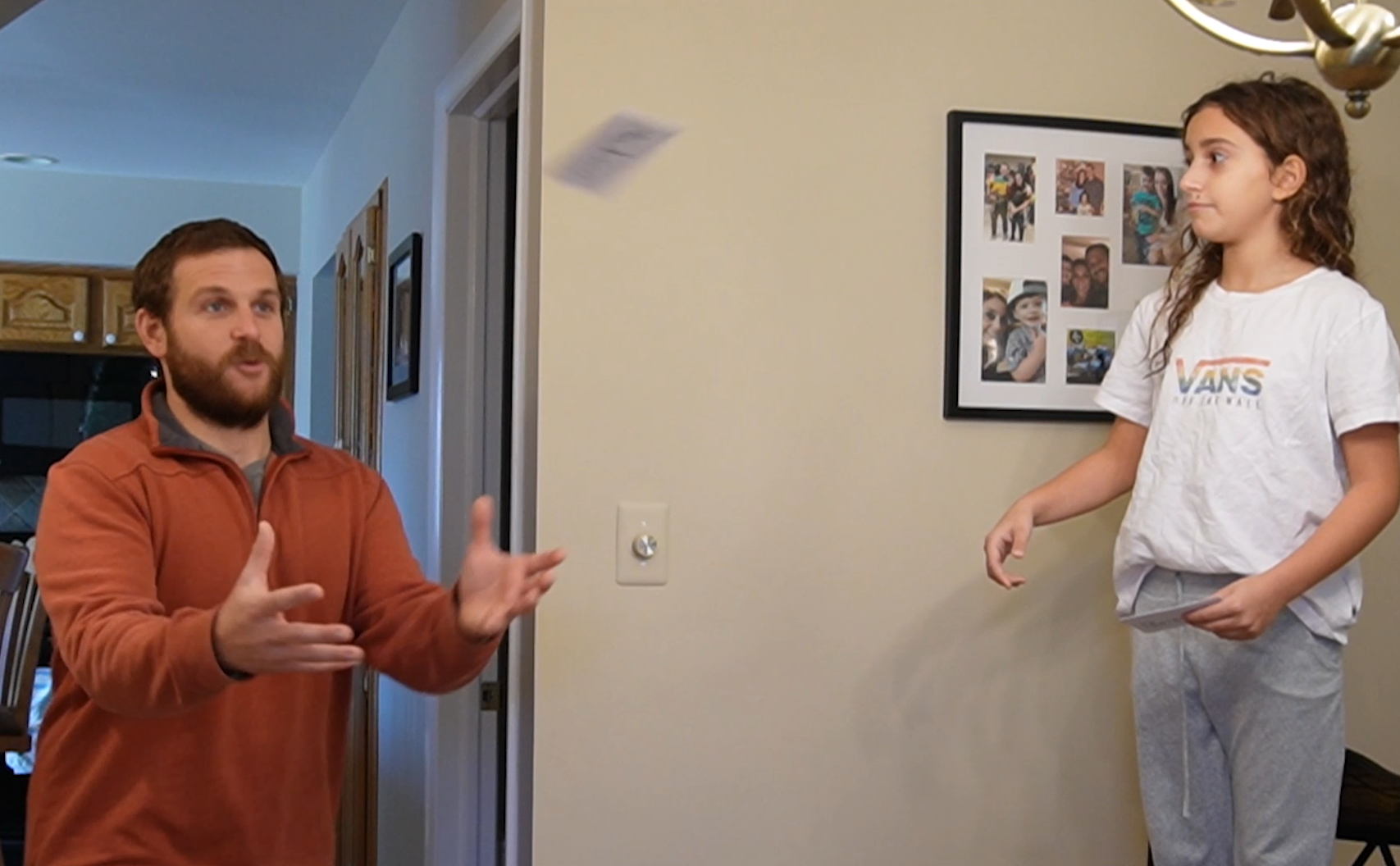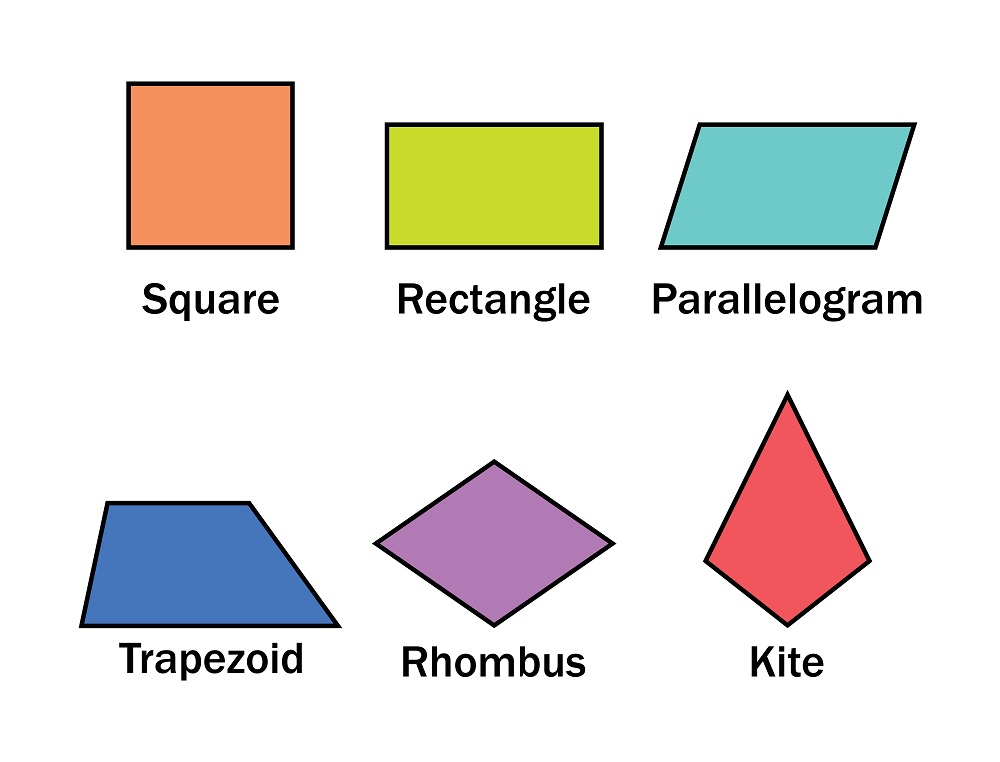Flashcard Fun Games at Home
Dec. 17, 2021
Is your student reluctant to study? Just doesn’t want to pick up those flashcards? We have strategies, kids games, and tips that will make them reluctant to put their flashcards down.
Education has been moving away from the strict memorization models of the past. However, the benefits of rote memorization still have their place. Basic concepts like multiplication facts, key vocabulary, and some other essentials just need to be memorized. One tried and true study aid is the humble flashcard. Whether it is a purchased set or a homemade set using index cards, flashcards and their study benefits have earned their place. Studying with flashcards does not have to be tedious or boring. This list will cover the basics as well as a few games to make studying flashcards more entertaining, more educational, and more efficient. Watch this video manual, guided by a school teacher Andrew, and give yourself a try playing the flashcards with your child!
First, we will start out with the basics. When it comes to flashcards nothing beats 3x5 index cards. There are lots of options out there but the best have one lined side and one blank side. This combination allows for vocabulary words, ideas, or even pictures on the blank side and definitions or need-to-know information neatly written on the lined side. Larger-sized cards can be useful for the bigger groups or topics that need pictures to be drawn. Including images can strengthen recall when it comes to visual topics like continents, animals, or even people.
Flashcards should be kept simple and clean. Only the information needed should be included. If there is too much information, it will be significantly more difficult to retain any pertinent information. Colors can be flashy and might add a slight advantage to some learners, especially when it comes to similar topics, writing words like AFFECT and EFFECT on two separate colors can help to keep their meanings apart. While there are lots of choices of cards the important thing is to build good study habits with them.
The Magic of Seven
Countless studies have shown seven is the magic number when it comes to learning new information. Unfortunately, when it comes to school teachers love assigning vocab words and spelling words in groups of ten. In order to learn these using flashcards, it is best to break them into smaller groups. Run through the first group a few times until they are retained then move on to the others. But don’t just dive in and run through all the cards on an endless loop, make it more fun and efficient with our next study strategy.

Know or Don't Know
Our next study strategy is a simple game of “know” and “don’t know”. Students start with all cards in one pile. As they quiz themselves on the cards they create a pile of cards they know and cards they do not. Once they have worked through the deck once they start over with only the “don’t know” pile. They will work through this pile adding cards to the “know” pile and continuing the “don’t know” pile. Through each round the “don’t know” pile will continue to diminish and the “know” pile will get larger.
This simple study game will reinforce students to continuously practice the more difficult concepts and move the well-understood topics out of the way early. By just going over the cards continuously there are always a few concepts that just get missed every time and never work their way into total understanding. After working through this game a few times it will be very clear what cards are going to be the tricky ones.

Tossing Cards Strategy
Having trouble keeping learners in their seats? This next strategy will have them up and running around all while learning the concepts. The cards will be tossed one by one from an elevated area. You can use a staircase, a loft, or even just an adult’s height. As the cards are tossed, the student tries catching the flipping card before it hits the floor. If they catch it, they can read both sides without having to guess.
If the card touches the floor, the student reads the face-up side and has to name what is on the opposing side. This physical activity can break up homework time and get students up and moving. It can be used as a reward and also bring brothers, sisters, and friends in on the learning fun.

Competitive Game
If you have a competitive household this next strategy should hit the spot. Flashcards are separated into equal piles with any number of people playing. Players go around placing a card in the center of the group one at a time. Whoever shouts out the answer on the opposing side of the card gets to keep it. Once you run out of cards you are out. Last person standing is the study champ!

When it comes to studying there is no one size fits all answer. Some students prefer note-taking and re-reading concepts, while others benefit from games and interactivity. The most important thing is exposing young learners to different strategies so they can decide for themselves what works and what they like.











